Living in a world of constant connectivity makes truly remote places seem almost unreal. Yet tucked away in Canada’s vast wilderness, some communities have turned their isolation into their greatest charm.
These hidden towns aren’t just dots on a map—they’re living proof that sometimes the best discoveries lie far from the beaten path. Ready for an adventure off the grid? Let’s explore these remarkable towns where isolation meets inspiration.
Churchill, Manitoba
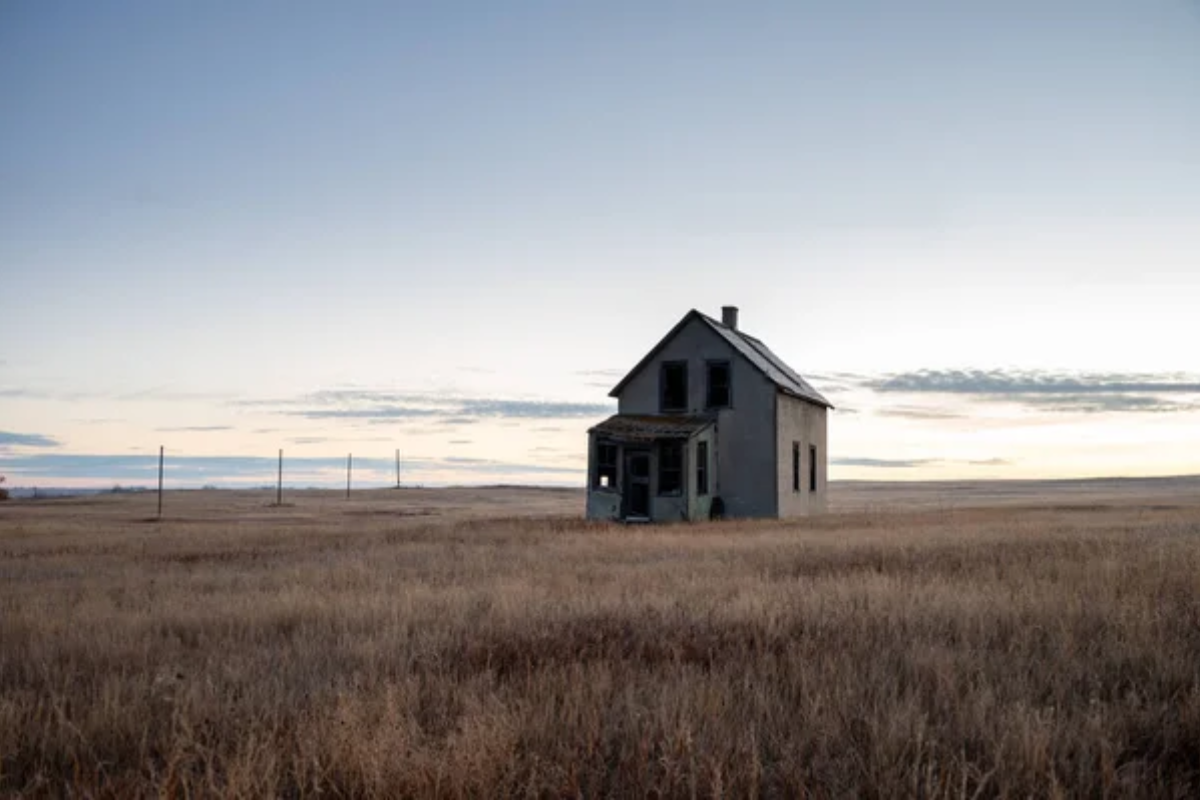
Famously known as the ‘Polar Bear Capital of the World,’ Churchill is located 1,000 miles north of Winnipeg without connecting roads. Residents rely on trains and planes to reach this Arctic paradise, where polar bears casually stroll through town during migration season.
The Northern Lights dance overhead 300 nights a year, while summer brings thousands of beluga whales to the Hudson Bay waters. This town of barely 900 people proves that isolation can be the perfect recipe for extraordinary experiences.
Alert, Nunavut
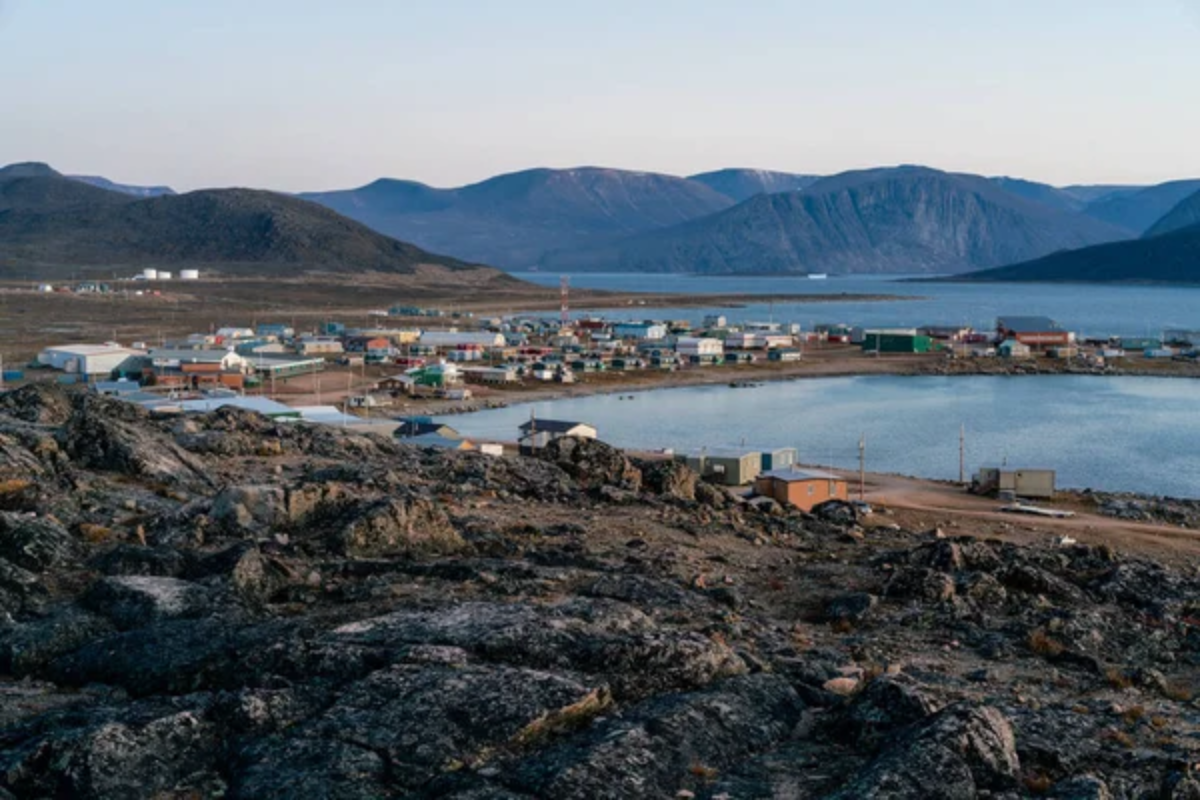
Just 500 miles from the North Pole, Alert is Earth’s northernmost permanently inhabited place. Its year-round population of around 60 includes weather station staff and military personnel who brave temperatures dropping to minus 40 degrees.
Summer brings 24-hour daylight, while winter plunges the town into complete darkness for months. The extreme isolation hasn’t stopped Alert from becoming a crucial research hub for Arctic studies.
Like Travel Pug’s content? Follow us on MSN.
Tuktoyaktuk, Northwest Territories
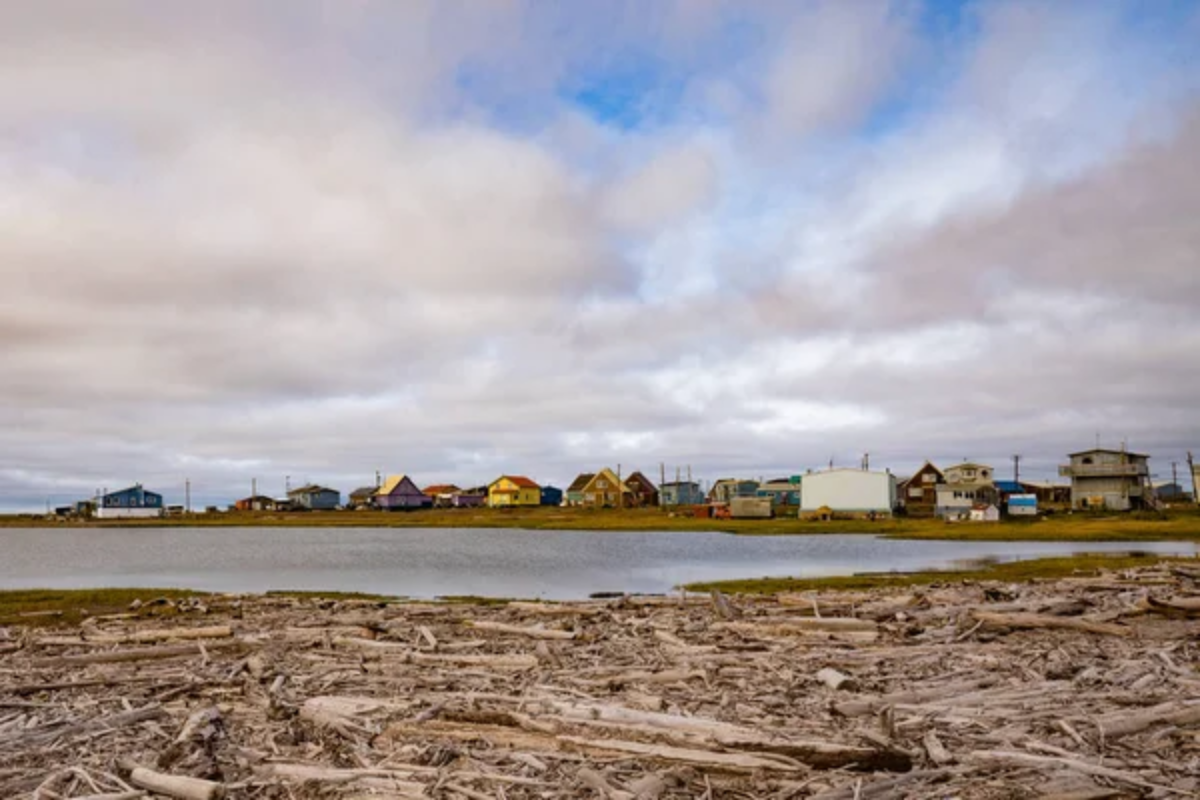
Known locally as ‘Tuk,’ this Arctic community is located on the shores of the Beaufort Sea, surrounded by countless lakes and pingos. Until recently, it was only accessible by ice road in winter and plane year-round, but a new all-season road now connects it to Inuvik.
The 900 residents maintain traditional Inuvialuit culture while adapting to modern challenges like coastal erosion. Visitors can experience the midnight sun, learn about Indigenous life, and dip their toes in the Arctic Ocean.
Sable Island, Nova Scotia
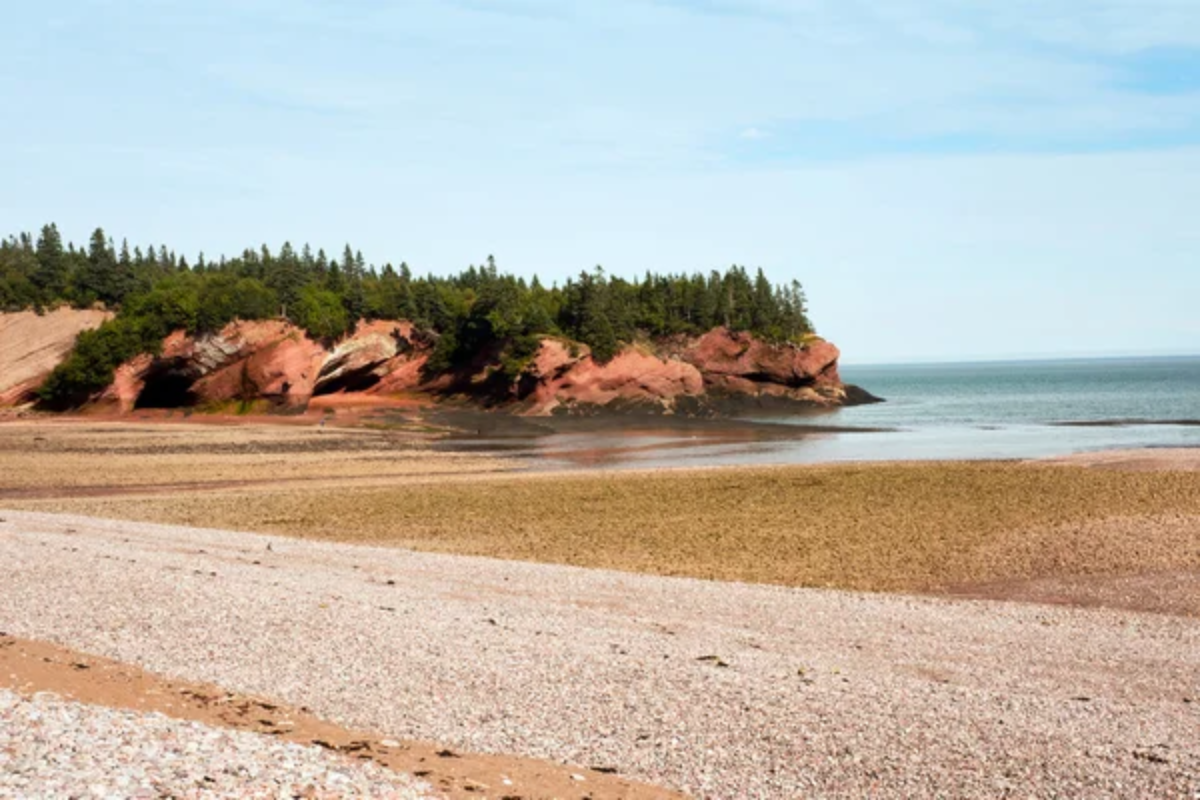
Home to legendary wild horses and the world’s largest grey seal colony, this crescent-shaped sandbar sits 190 miles off Nova Scotia’s coast. The island’s only year-round residents are a handful of researchers who study its unique ecosystem.
Fierce storms and dense fog banks have earned it the nickname ‘Graveyard of the Atlantic,’ with over 350 recorded shipwrecks. Access requires special permits and careful planning around unpredictable weather patterns.
Ivvavik National Park, Yukon
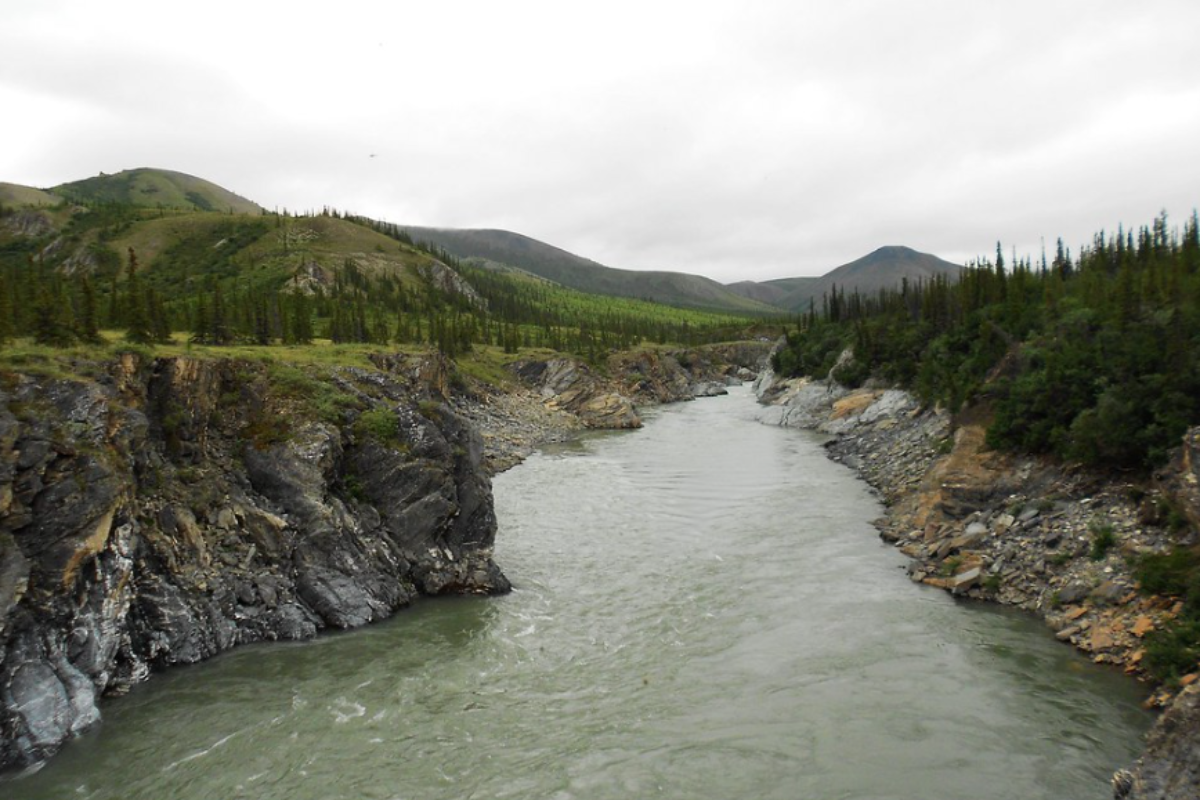
This remote park near the Alaska border has no roads, permanent residents, or facilities – just pure, untamed wilderness. Visitors must arrange air access through licensed operators and be self-sufficient during their stay.
The park protects critical calving grounds for the Porcupine caribou herd and preserves ancient Inuvialuit archaeological sites. Summer brings 24-hour daylight, perfect for watching grizzlies roam the tundra and rafting the wild Firth River.
Like Travel Pug’s content? Follow us on MSN.
Trout River, Newfoundland
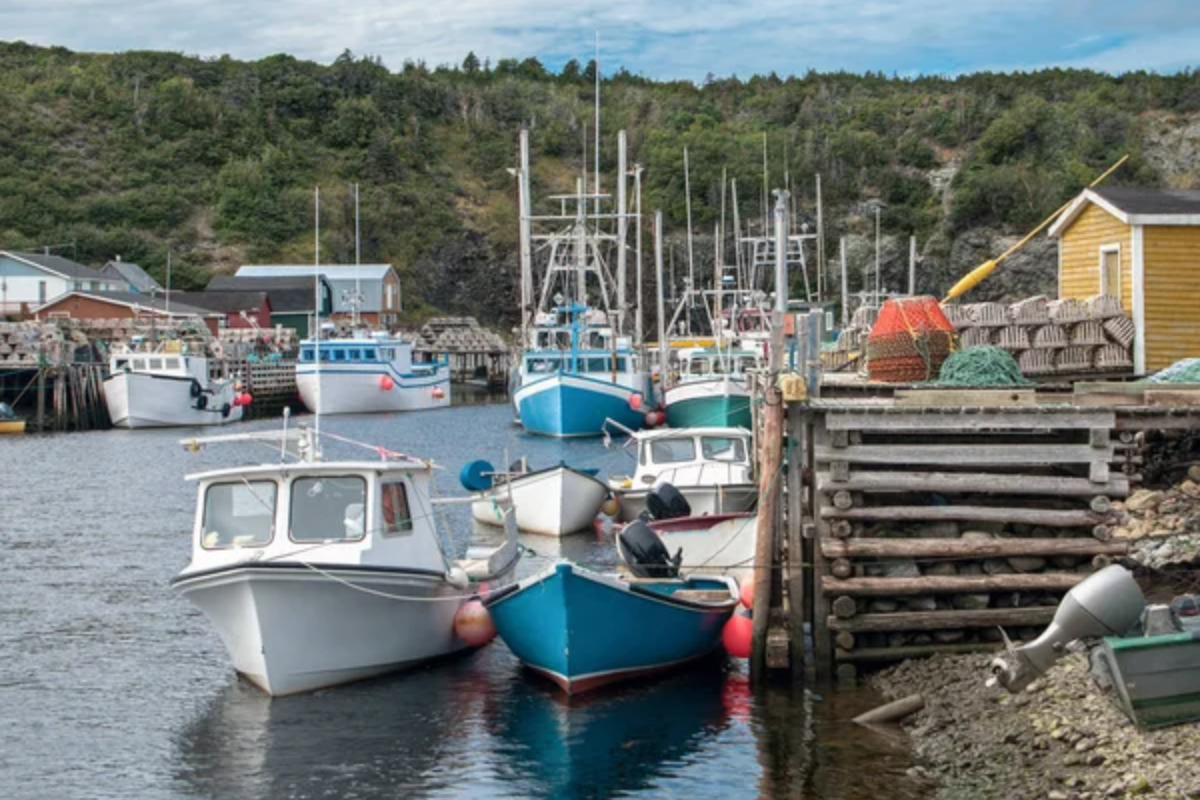
This tiny fishing village of 600 people is perched on the edge of Gros Morne National Park’s ancient cliffs. Its isolation has preserved traditional Newfoundland culture, where kitchen parties and storytelling remain vital in daily life.
Local fishermen still head out daily for cod and lobster, keeping age-old fishing traditions alive. The town’s dramatic setting between mountains and sea draws photographers and hikers seeking authentic outport life.
Pond Inlet, Nunavut
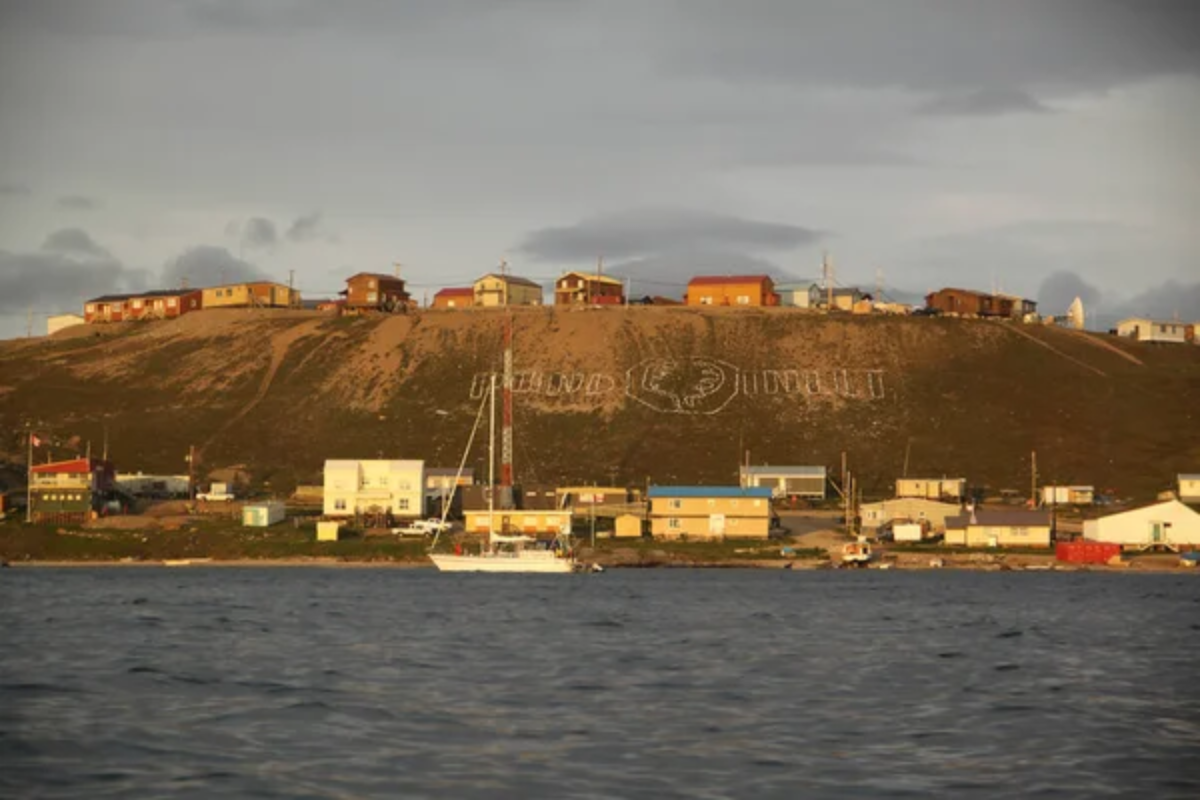
Nestled between mountain ranges and ice-filled waters, this 1,600-person Inuit community experiences months of complete darkness each winter. Traditional hunting and sealing remain crucial to daily life, and narwhals and polar bears regularly visit the nearby waters.
Modern satellite internet connects residents to the world, but ancient Inuit customs still guide community life. The town is a gateway for expeditions to nearby Lancaster Sound and its rich marine life.
Bella Coola, British Columbia
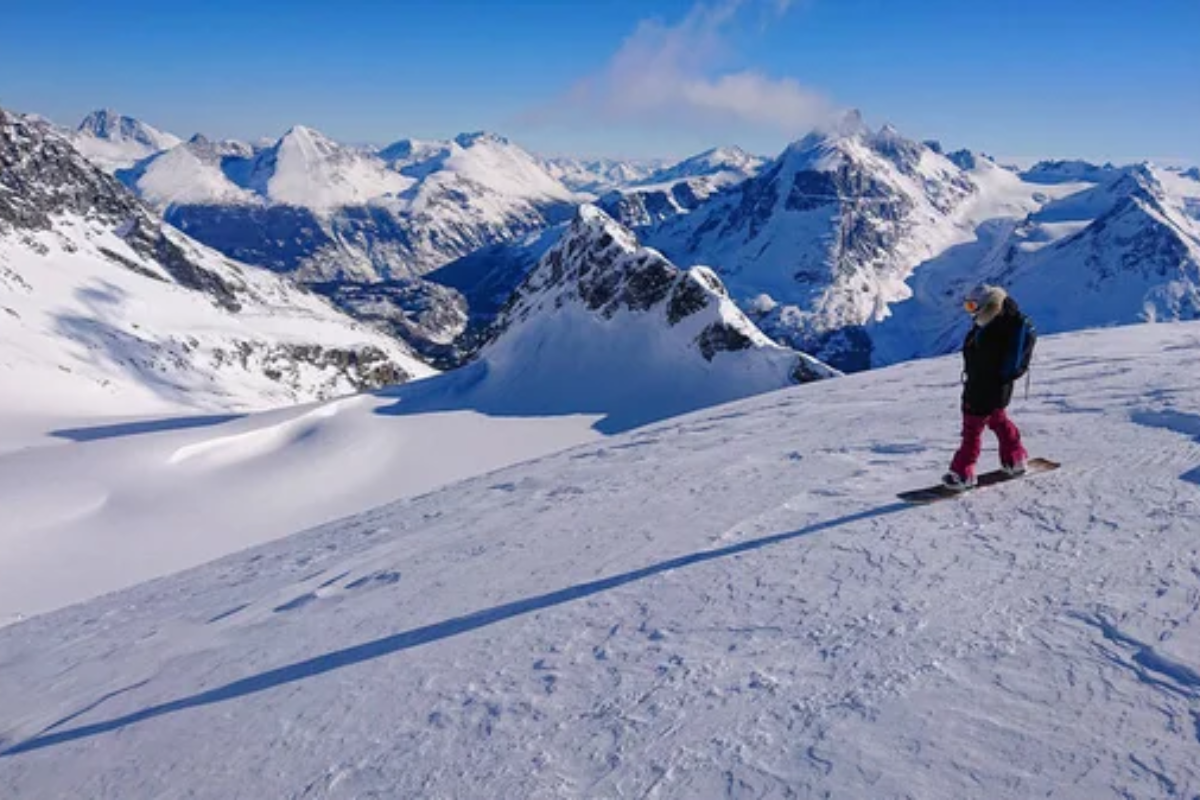
One of Canada’s most hair-raising roads—the infamous Freedom Highway with 18% grades—reaches this remote valley town. The local Nuxalk First Nation has called this isolated valley home for thousands of years, maintaining rich cultural traditions.
Towering mountains and dense rainforest create a natural fortress around the community of 900 people. The isolation has preserved pristine wilderness, and a unique blend of Indigenous and Norwegian settler cultures has emerged.
Like Travel Pug’s content? Follow us on MSN.
Battle Harbour, Labrador

Once the unofficial capital of Labrador’s salt fish trade, this restored ghost town now operates as a living museum on a small island. Visitors stay in heritage buildings, experiencing life as it was in the 1800s without modern conveniences.
The nearest mainland community is 30 miles away across waters often dotted with icebergs. Summer brings a small staff member who maintains the site and shares stories about Labrador’s fishing heritage.
Keno City, Yukon
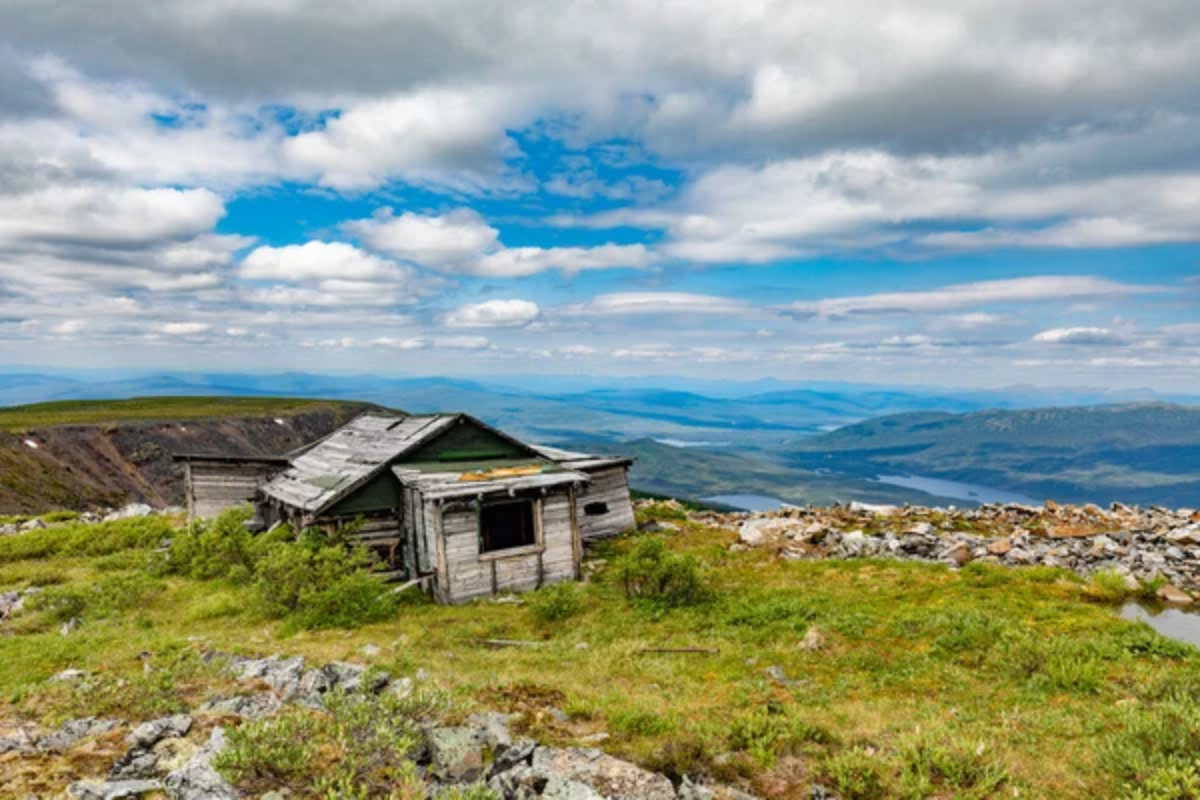
This former silver mining boom town now houses just 20 year-round residents who embrace its end-of-the-road charm. The town’s mining museum, historic buildings, and quirky residents tell tales of its glory days when thousands called it home.
Despite its tiny population, Keno City maintains an active artists’ community and welcomes adventurous tourists. The surrounding Keno Hill area offers stunning alpine views and some of the Yukon’s best hiking trails.
Pangnirtung, Nunavut

Nicknamed ‘Pang’ by locals, this artistic community sits in a dramatic fjord beneath the towering cliffs of Auyuittuq National Park. The town is famous for its tapestries and prints, with the local art cooperative providing income for many residents.
Traditional Inuit hunting practices remain strong, while modern amenities like the community center help during the long dark winters. The population of 1,400 maintains a delicate balance between ancient customs and contemporary life.
Like Travel Pug’s content? Follow us on MSN.
Meat Cove, Nova Scotia
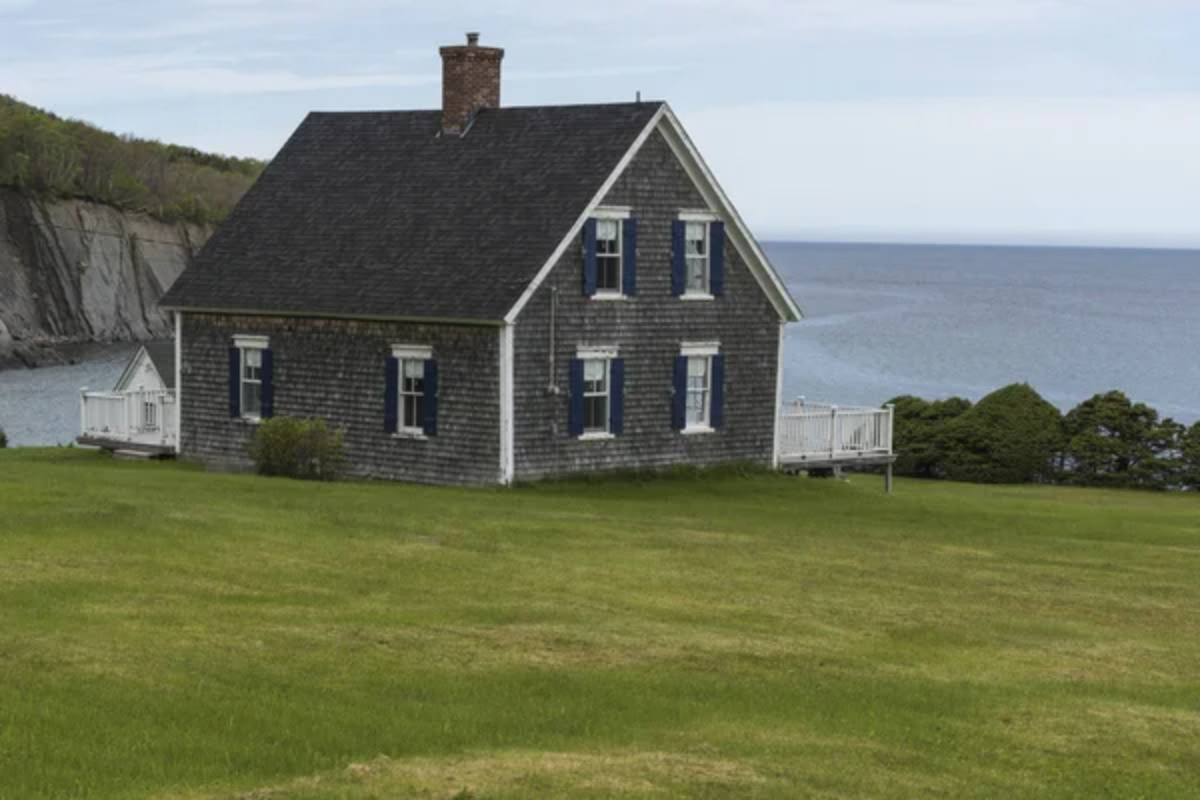
Perched on Cape Breton’s northernmost tip, this tiny fishing community is reached by a winding dirt road that often washes out during storms. The village’s handful of year-round residents enjoy some of Nova Scotia’s most spectacular coastal views.
Local families have fished these waters for generations, keeping traditional methods alive. The community’s isolation has preserved a way of life that’s increasingly rare in modern Nova Scotia.
Uranium City, Saskatchewan
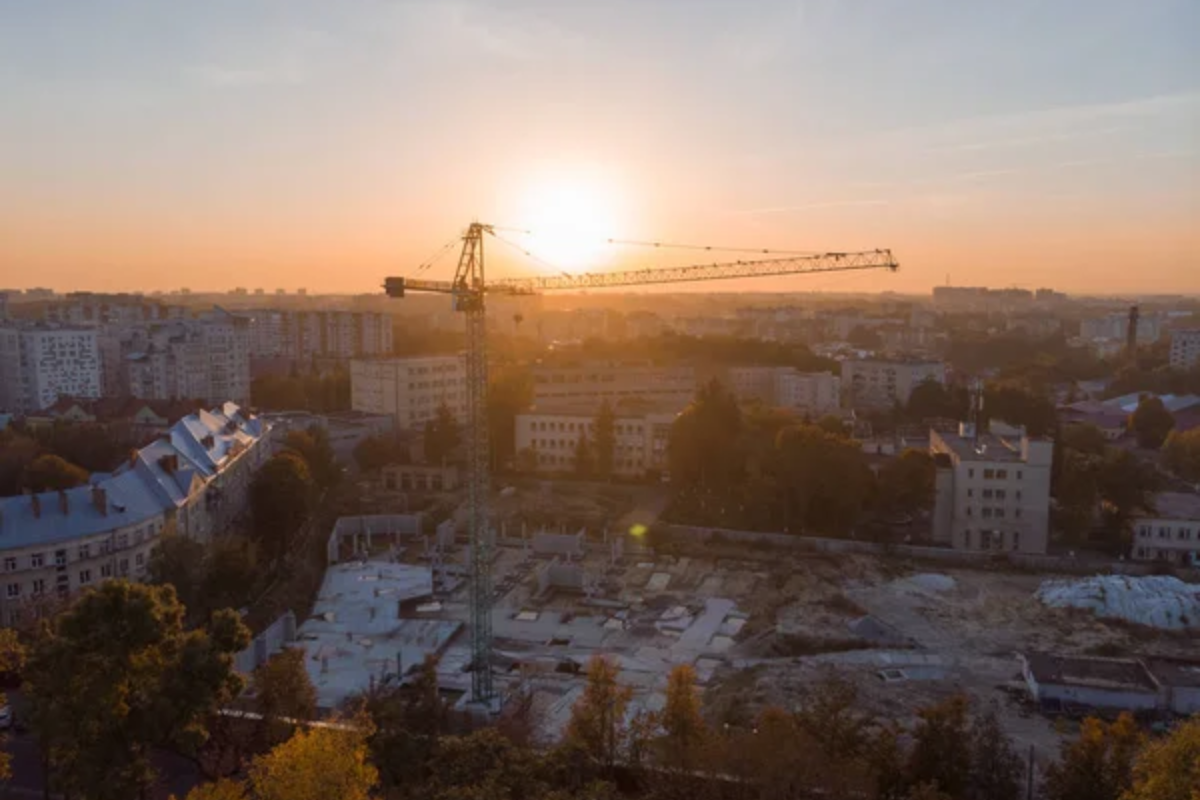
Once a bustling uranium mining center with 5,000 residents, this northern town now houses fewer than 100 determined souls. The remaining residents maintain the town’s basic services and share stories of its prosperous past.
Abandoned buildings stand as silent reminders of the boom years while nature slowly reclaims the surrounding area. The town’s isolation has created a tight-knit community where everyone relies on each other.
Tahsis, Vancouver Island
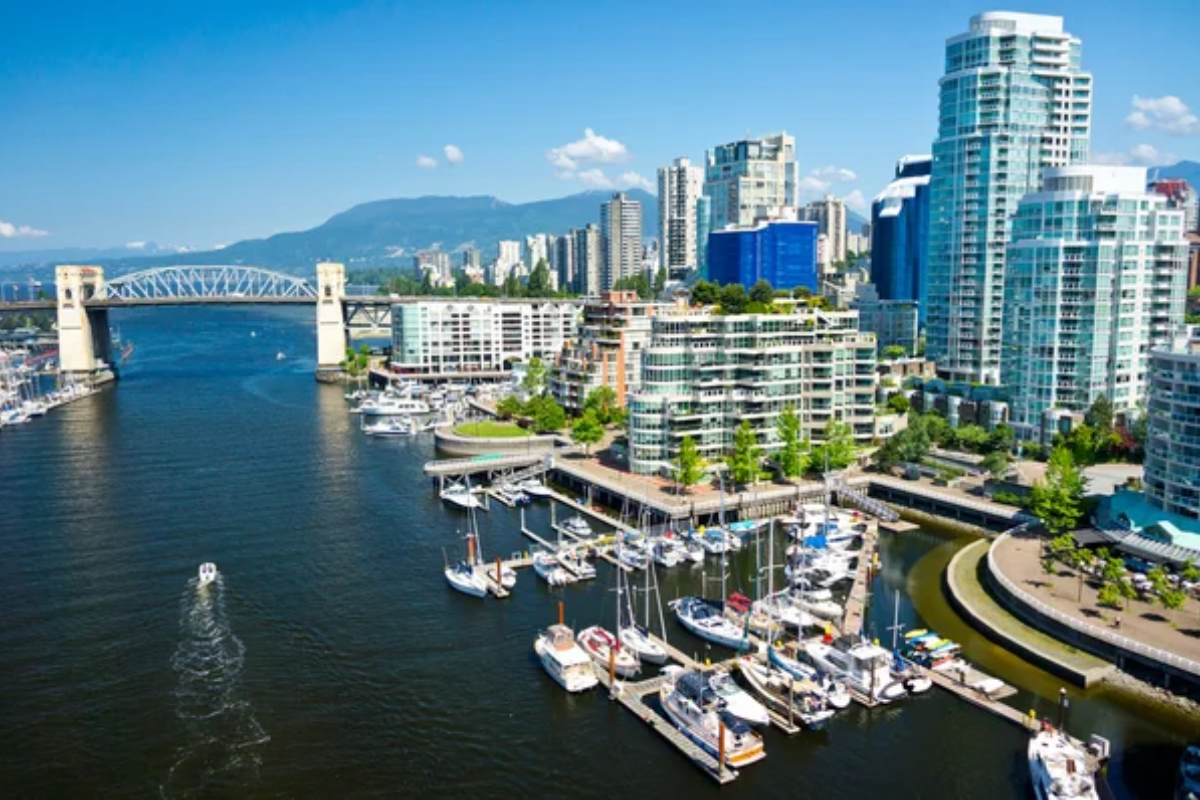
This former logging town at the end of a 40-mile mountain road has reinvented itself as an eco-tourism destination. The surrounding wilderness offers world-class kayaking, hiking, and some of the island’s best cave systems.
The town’s 250 residents have embraced their isolation, creating a close-knit community focused on sustainable living. The journey here is challenging, but the payoff includes pristine nature and genuine small-town hospitality.
Like Travel Pug’s content? Follow us on MSN.
Grise Fiord, Nunavut
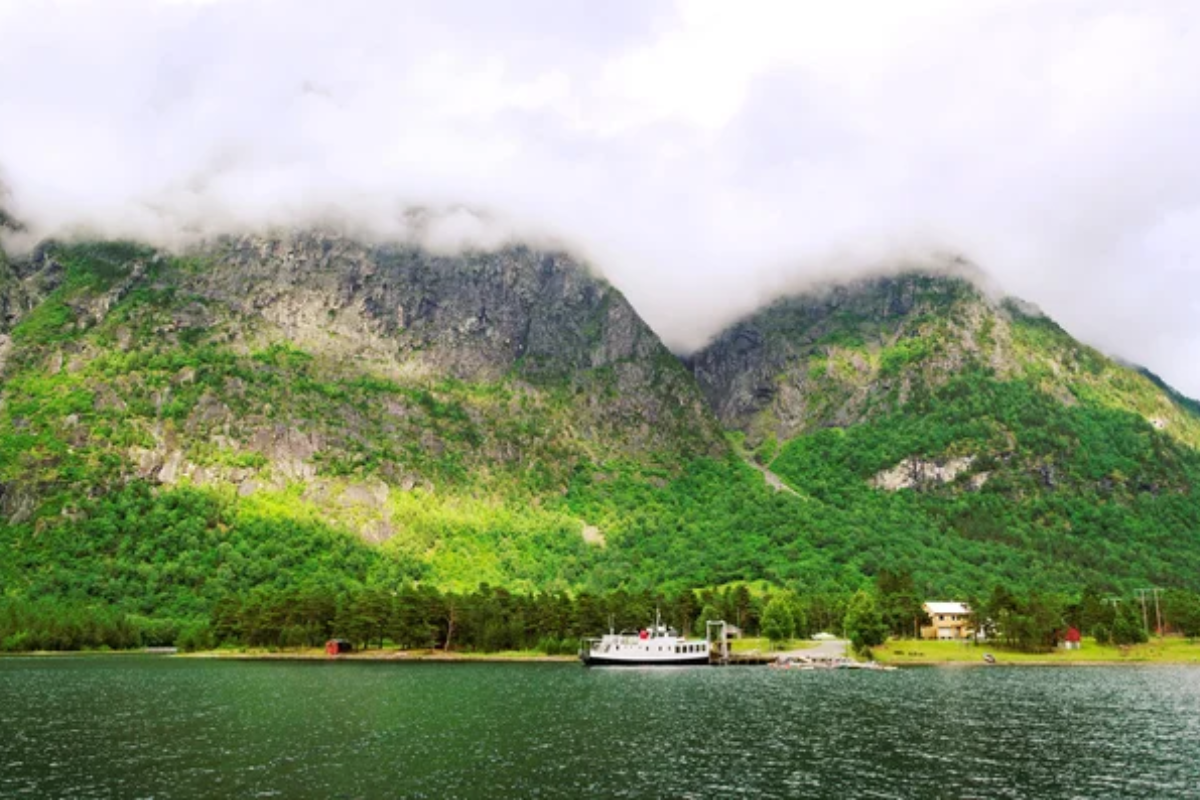
Canada’s northernmost civilian community sits in a dramatic fjord surrounded by towering cliffs and permanent ice fields. The town’s 130 residents are mainly descendants of families relocated here in the 1950s as part of Canada’s Arctic sovereignty program.
Despite extreme isolation and harsh conditions, the community maintains a strong cultural identity and traditional hunting practices. The midnight sun and aurora borealis provide natural entertainment during different seasons.
Little Bay Islands, Newfoundland
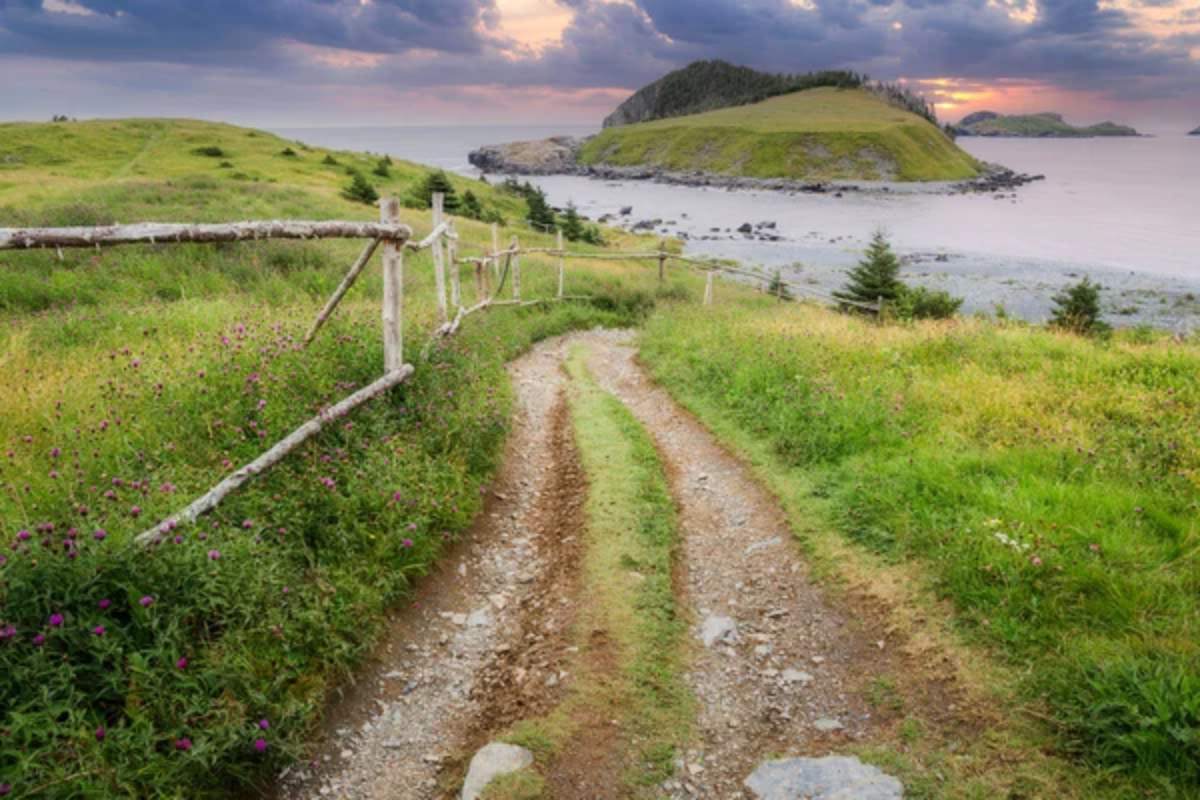
This former fishing community recently made headlines when its remaining residents voted to resettle, leaving their island homes behind. The island now stands as a perfectly preserved time capsule of outport life, with empty homes telling stories of a once-thriving community.
Seasonal visitors can still reach the island by private boat, exploring its ghost town atmosphere. The surrounding waters remain rich with marine life, attracting photographers and nature enthusiasts.
Cambridge Bay, Nunavut
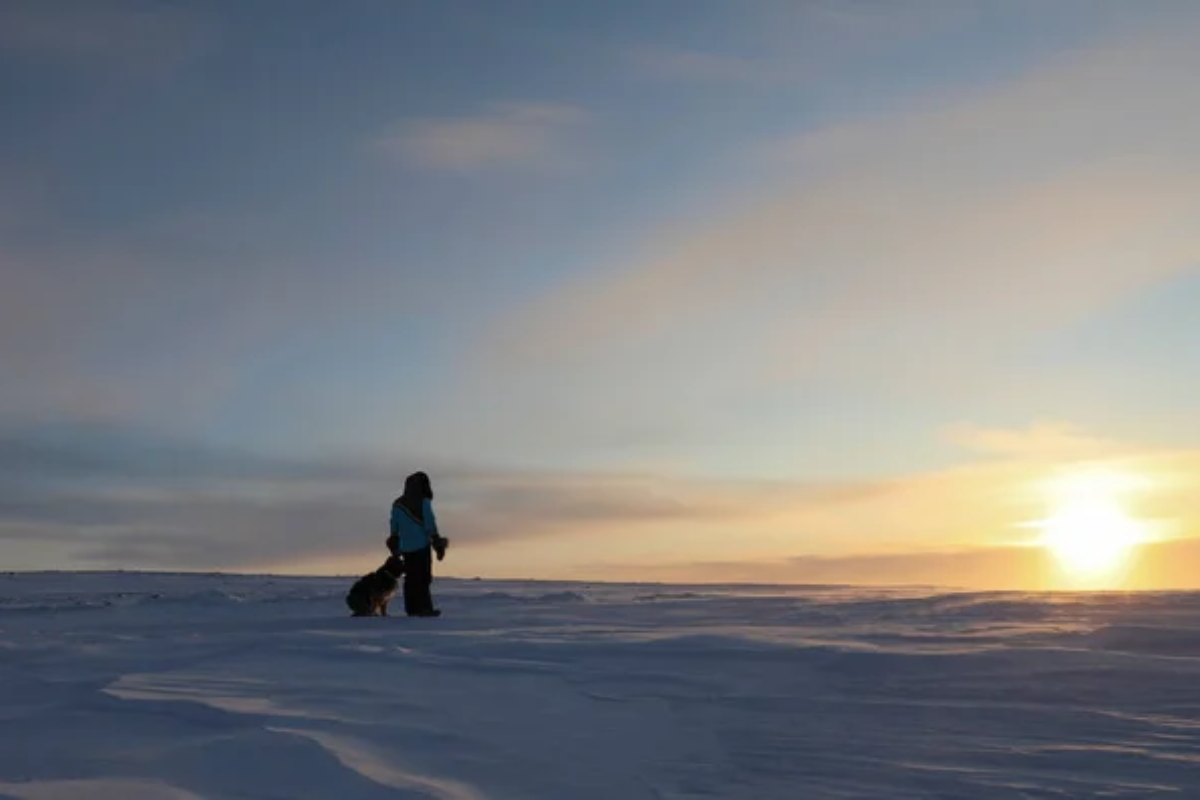
This Arctic community is a major research center for climate change and traditional knowledge studies. The town blends modern scientific facilities with ancient Inuit hunting grounds and archaeological sites.
Despite its isolation, the community of 1,700 people maintains strong connections to traditional culture and cutting-edge research. The Canadian High Arctic Research Station brings scientists worldwide to this remote location.
Like Travel Pug’s content? Follow us on MSN.
Tofino, Vancouver Island

Though increasingly popular, this surf town at the end of the Trans-Canada Highway still feels wonderfully remote. Ancient rainforests and wild Pacific beaches create natural barriers that preserve the town’s isolated charm.
The community of 2,000 people has managed to maintain its laid-back atmosphere despite growing tourism. The journey here involves crossing Vancouver Island’s mountainous spine, but the reward is access to some of Canada’s most spectacular coastline.
Fort Simpson, Northwest Territories
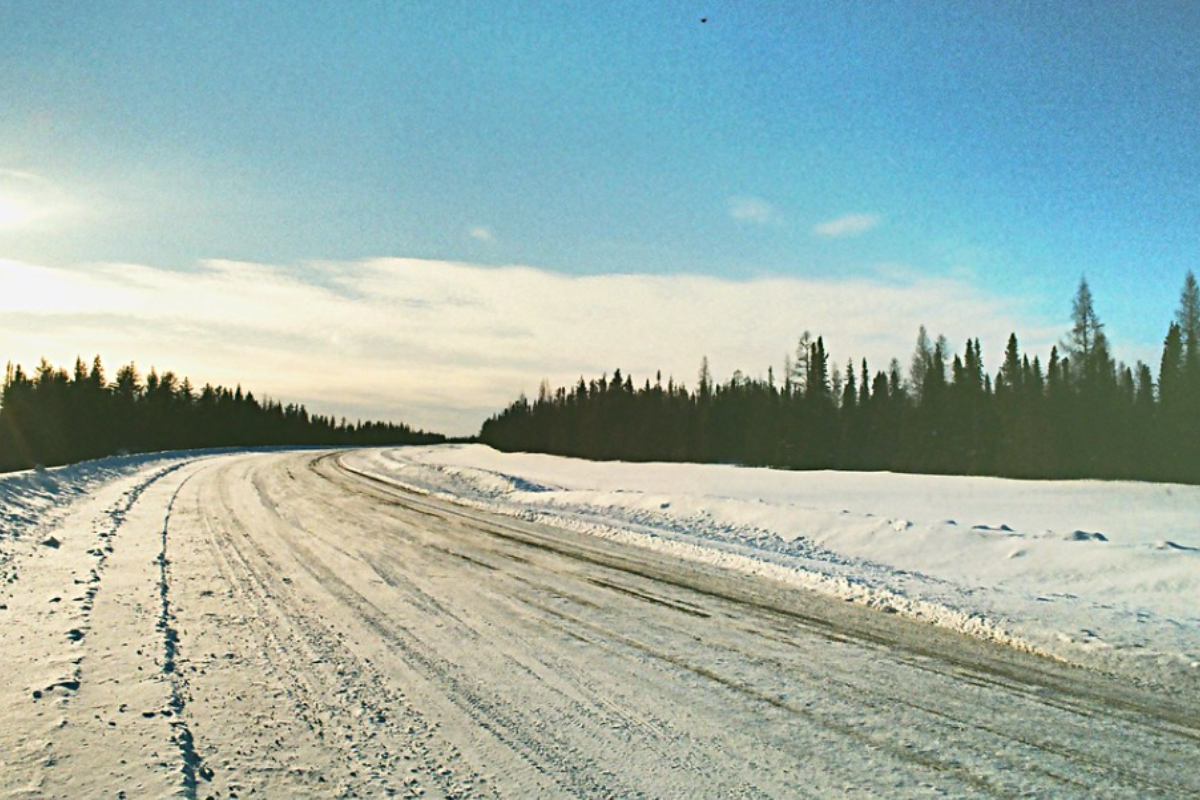
This historic trading post is located where the Liard and Mackenzie Rivers meet. During spring breakup, it is accessible only by air for weeks. The village serves as a gateway to Nahanni National Park’s legendary Virginia Falls, twice the height of Niagara.
The 1,200 residents maintain a strong local Dene culture, traditional practices, and modern amenities. The community’s isolation has preserved unique aspects of northern life, including vibrant storytelling traditions.
Old Crow, Yukon
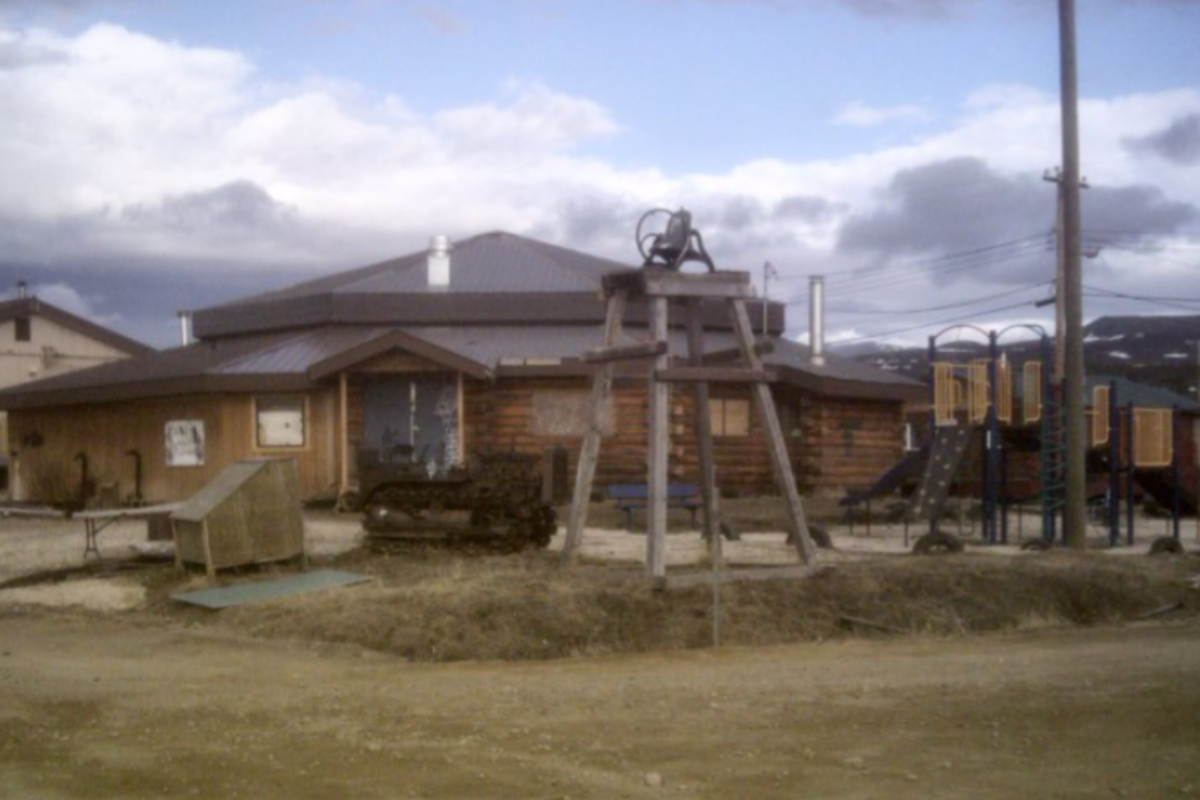
This fly-in Vuntut Gwitchin community is Canada’s northernmost First Nations settlement. Traditional caribou hunting remains central to life here, with the entire community following the Porcupine herd’s ancient migration patterns.
Despite its isolation, the town of 250 people maintains strong cultural practices and leads in renewable energy initiatives. Modern solar projects power this ancient hunting community, showing how isolation can spark innovation.
Like Travel Pug’s content? Follow us on MSN.
Then and Now: Remote Living Redefined
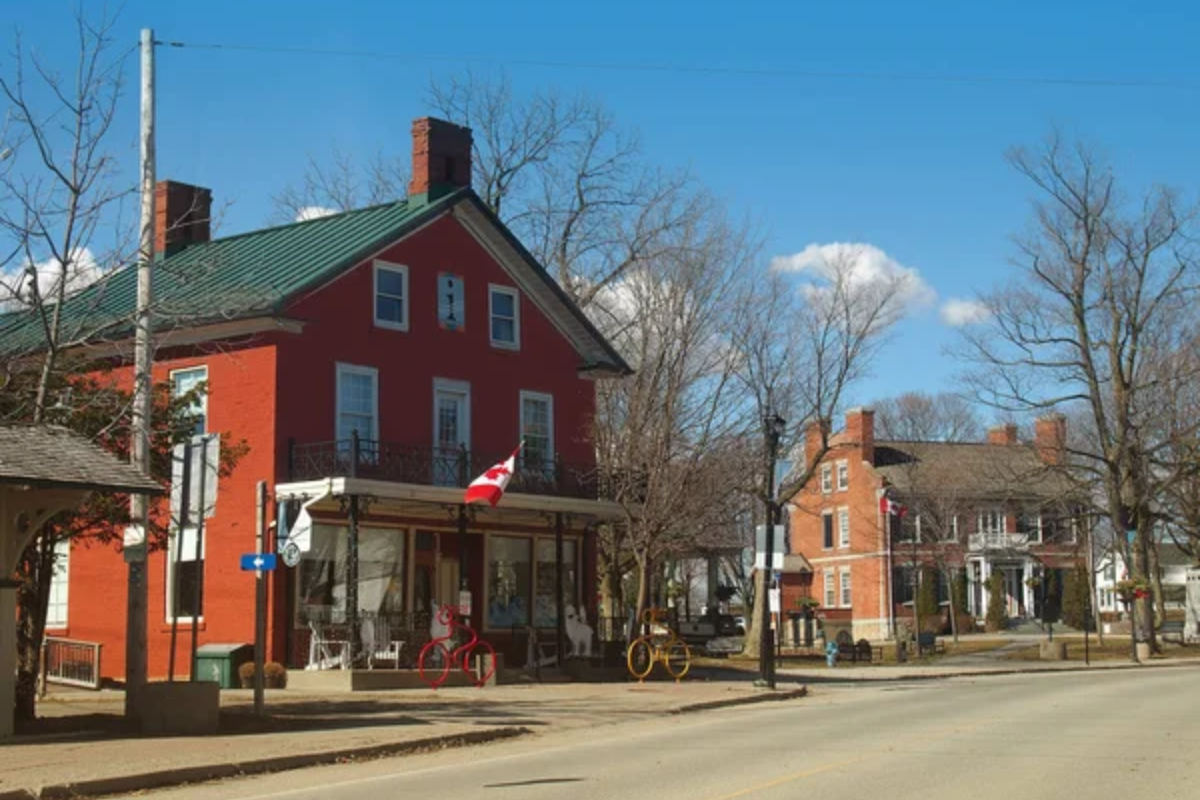
These isolated communities prove that distance from urban centers doesn’t mean disconnection from what matters most. While technology bridges some gaps, the true appeal of these towns lies in their ability to maintain authentic ways of life.
Each community has transformed isolation into a unique strength, preserving traditions while adapting to changing times. These places remind us that sometimes the most meaningful connections happen far from the noise of modern life.
More from Travel Pug

- 20 Towns Built for One Purpose That Were Later Abandoned
- 15 Hidden Spots in Disney World’s Magic Kingdom Most Visitors Miss
- 15 Most Scenic Walks Anywhere in The World
- 15 Canyons in the U.S. That Are Just as Stunning as the Grand Canyon
- 10 Under-the-Radar Mountain Towns That Are Both Affordable and Beautiful
Like Travel Pug’s content? Follow us on MSN.
